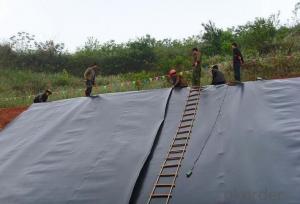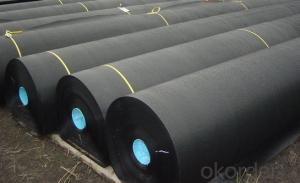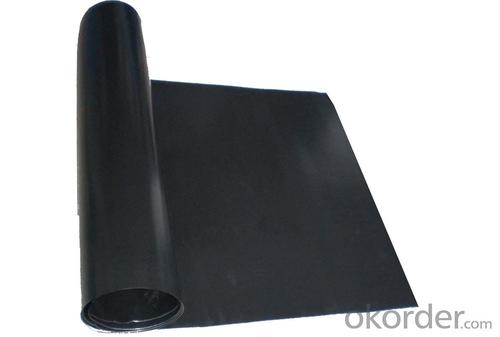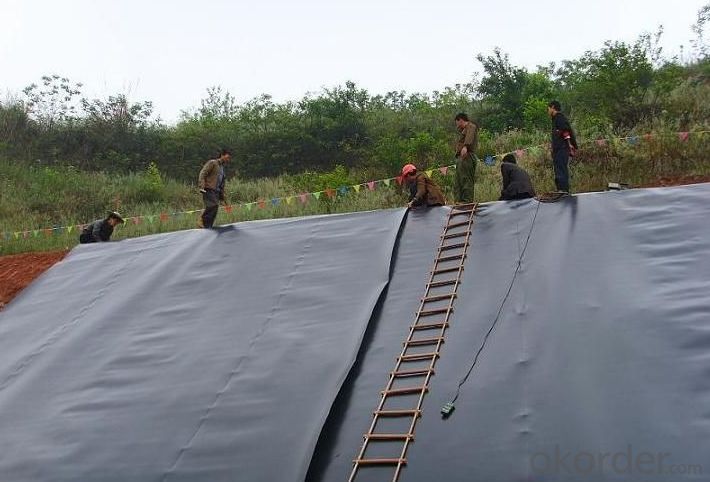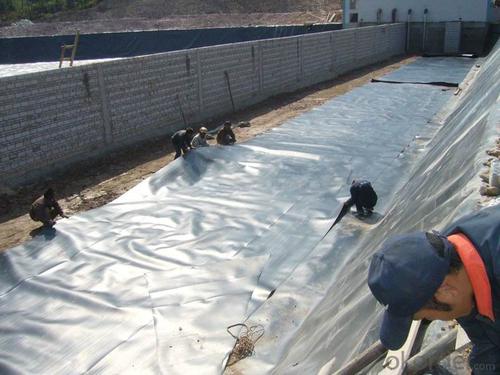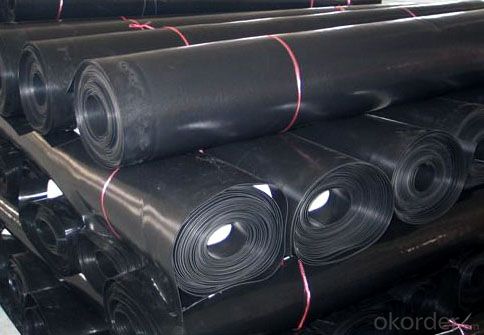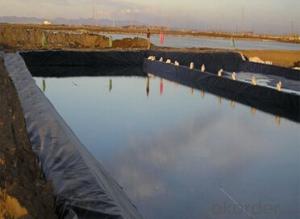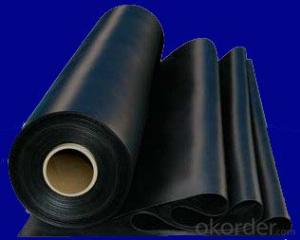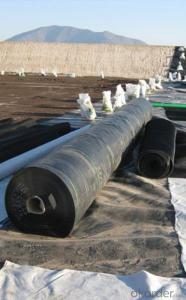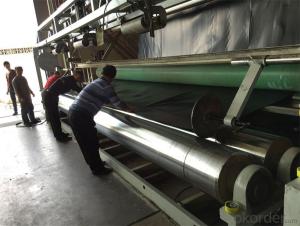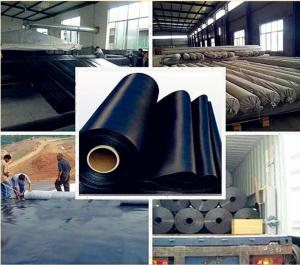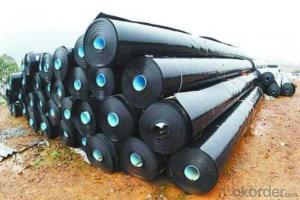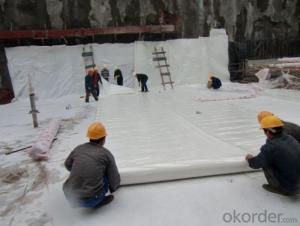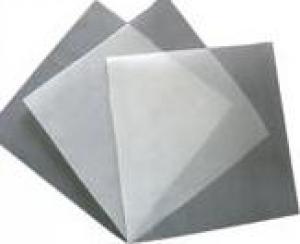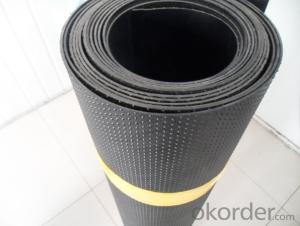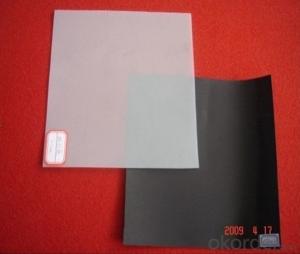1.5mm HDPE Geomembrane for Swimming Pool
- Loading Port:
- China main port
- Payment Terms:
- TT OR LC
- Min Order Qty:
- 10000 m²
- Supply Capability:
- 5000000 m²/month
OKorder Service Pledge
OKorder Financial Service
You Might Also Like
1.5mm HDPE Geomembrane, Find Details about HDPE Geomembrane and Make an Inquiry for Geomembrane at OKorder.com.
1. HDPE Geomembrane Specifications
1) Thickness : 0.15mm - 4.0mm.
2) Width : Within 8 m (1m-8m).
3) Length : 50m-100m/roll (as request).
4) Material : HDPE,( LDPE, LLDPE, PVC, EVA, etc ).
5) Color : Black , white , red , blue , or as required.
6) Optional surface : Textued(one or two side) or smooth surface.
7) Certificate:CE/ISO9001,14001
2. HDPE Geomenbrane Features
Good mechanical properties, high tear strength, deformation and adaptable, puncture resistance, anti-aging, anti-ultraviolet-resistant, Anti oil and salt, pH, anti-corrosion, high temperature-resistant, non-toxic, long service life. water, drainage, seepage, the good effect of moisture, width, thickness of the full range of specifications and low cost, simple construction.
3. HDPE Geomembrane Applications
1) Environmental protection, sanitation (such as solid waste landfills, sewage treatment plants, power plants Chi-conditioning, industrial, hospital solid waste, etc.) .
2) Water (such as rivers, lakes and reservoirs of the anti-dam, plugging, reinforcement of the canal seepage, the vertical wall of the heart, slope protection, etc.).
3) Municipal Engineering (subway, on the ground floor of the building, planted roof, the roof garden of anti-seepage, sewage pipes lining, etc.).
4) Landscape (man-made lake, river, reservoir, golf courses reservoirs of the substrate, slope protection, green lawn of the waterproof moisture, etc.).
5) Petrochemical (chemical plants, oil refineries, gas storage tanks of the anti-chemical reaction tanks, sedimentation tanks of the lining, etc.).
6) Mining (washing and pool heap leaching, the ash-field, dissolved, precipitation, the yard, the tailings seepage substrates, etc.) .
4. HDPE Geomembrane Show

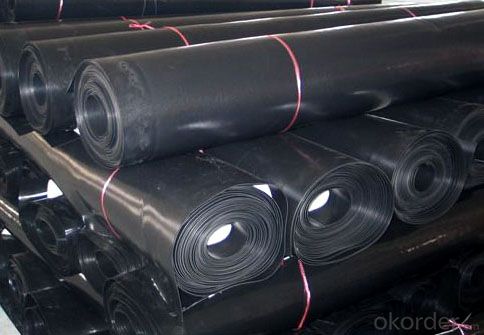
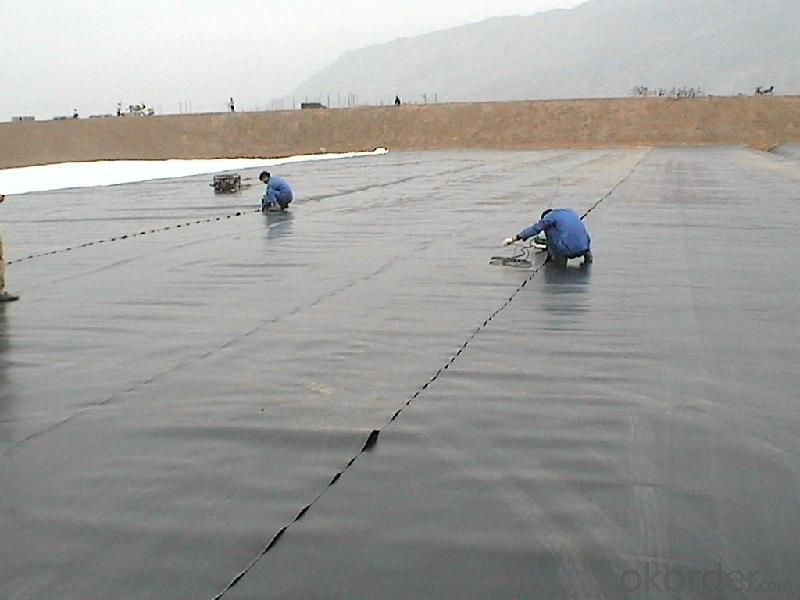

HDPE Geomembrane RFQ:
1. What are we supplying?
We are specialized in producing .geotextile , geocell, geogrid, geomembrane
2. How Many years experience do we have?
We have been exported to more than 15 countries in the past 10 years.
3. How long do we usually reply your request?
We always reply our customer within 12 hours.
If you want to find more details about the HDPE Geomembrane, you could make an Inquiry in okorder.com. Okorder.com provides you the products with best price and quality!
- Q: Are geomembranes suitable for use in reservoirs?
- Yes, geomembranes are suitable for use in reservoirs. They are highly effective in preventing leaks and seepage, providing excellent containment for water storage. Geomembranes also offer durability and resistance to UV radiation, chemicals, and biological factors, making them a reliable choice for long-term reservoir applications.
- Q: Are geomembranes resistant to chemicals?
- Yes, geomembranes are generally resistant to chemicals. They are designed to provide a barrier against chemical substances and are often used in industries where chemical containment is required, such as waste management, mining, and chemical processing plants.
- Q: How to weld the geomembrane better?
- When the temperature is below 5 degrees Celsius, construction should not begin in accordance with the requirements of the specification. If the construction must begin, the welding machine should be preheated before welding. 6 4 the welding line must be neat and beautiful, and there must be no slide welding and hopping. When the geomembrane is laid, telescopic deformation caused by temperature change should be reserved according to the varied range of local temperature and the properties of the geomembrane. 2 The joint of the geomembrane must not have oil as well as dust and the overlapping section of the geomembrane should not be have debris like sand and mud. The debris must be cleaned before welding. 12 the welding line of adjacent welding seam should be lapped staggerly. 9 Before the welding starts everyday, a sample of 0.9mm×0.3mm should be test welded on the scene. 5 13 When welding the geomembrane, electric generator of great voltage regulation performance should be used to supply power and voltage?stabilizer must be used when using local electricity under special conditions.
- Q: home decoration glass insulation film is good or posted stickers decorative film.
- Effect decorative film may be a little better, it looks good; since the insulation film with insulation function, appearance and life may be not better than decorative film.
- Q: How to choose the glass stick membrane Sunscreen film?
- To choose the glass stick membrane Sunscreen film: 1. The thickness of the film itself, the thicker of the film, the higher of its explosion-proof ability! 2 To inquire the merchant about the level of the glue used by the explosion-proof membrane. 3 To emphasis the quality of the construction and the quality time of the merchant! (degumming, cracking, curling, mildew)
- Q: Can geomembranes be used in wastewater treatment facilities?
- Yes, geomembranes can be used in wastewater treatment facilities. They are often used as liners or covers in various components of the treatment process such as clarifiers, aeration basins, and lagoons. Geomembranes help to prevent leakage, maintain water quality, and protect the environment by providing a barrier between the wastewater and surrounding soil or groundwater.
- Q: How to install the electric heating film?
- Electrothermal film is provided with a different form, depending on various projects to select installation method, installation has three forms of films, wall film, film, below the main talk about installed under the ground. 1. Electrothermal membrane mounted on the ground (electrothermal mulching film) The ground installation of electrothermal?film is the most scientific installation, and the best heating method from the pointview of heat transfer theory. From the health perspective, the heat is from the bottom to the top in line with human's physiological needs of "foot temperature and a cool head ". The ground installation of electrothermal membrane can not only make people feel more comfortable, and can increase the use of space area. It can fully guarantee the uniform temperature zone, but because of the different pattern of each family, furniture and goods display different, in the design and installation of the way to fully consider the degree of difficulty of the Limited space and construction, to ensure that the installation of electric heating film in the process of barrier free, make the electrothermal film heating system more safe and reasonable, reduce the cost of expenditure. The main construction is floor, heat insulating layer, electrothermal?film, structural layer, decorative layer and so on, the quantitaive value of the structural layer, decorative layer and composite thermal resistance should be low to the stadard. 2. The caculation of heat load design on the installation of the electric heating film on the ground generally take use of the the following several methods. The calculation of the heat load, calculating the thermal power of each room and then converted wattage of electrothermal?film. The calculation of the heat load calculation should be carried out by professionals. This method can be applied to large projects.
- Q: What are the sticking methods of computer film?
- The methods of sticking film for computer screen: 1, Generally, if you dig the corner of the laptop protective?film with yuor fingers, it is very easy dig up a corner, and then pull the corner to tear off the laptop protective?film. 2, if it can't be digged up with fingernail, you can prepare two glue to stick a corner of the bottom edge, stick up a corner of the electrostatic film, and then pull the corner to peel off laptop protective film easily. Attention: General protective film is electrostatic film, which can be used repeatedly, so try not to use sharp things to help to tear off the film, which may result in failure to reuse.
- Q: Can geomembranes be repaired if damaged?
- Yes, geomembranes can be repaired if damaged. The specific repair method depends on the type and extent of the damage, but common techniques include patching, welding, and gluing. It is advisable to consult a professional to assess the damage and determine the most suitable repair approach.
Send your message to us
1.5mm HDPE Geomembrane for Swimming Pool
- Loading Port:
- China main port
- Payment Terms:
- TT OR LC
- Min Order Qty:
- 10000 m²
- Supply Capability:
- 5000000 m²/month
OKorder Service Pledge
OKorder Financial Service
Similar products
Hot products
Hot Searches
Related keywords

